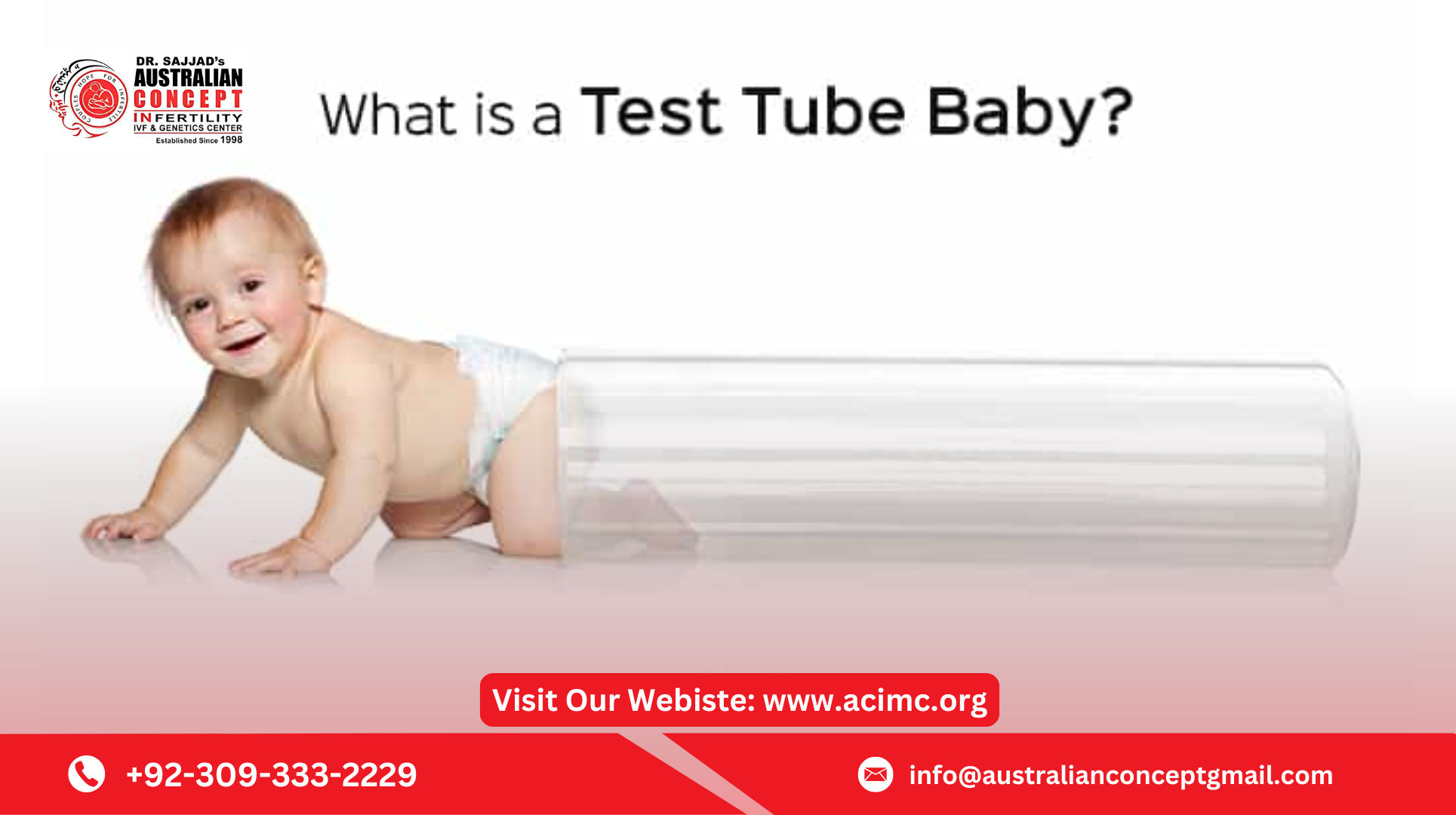For many couples in Pakistan, infertility can feel like an overwhelming challenge. Modern reproductive medicine, however, offers hope through procedures like in vitro fertilization (IVF), commonly known as the test tube baby procedure. This advanced treatment has helped countless couples achieve parenthood. If you are curious about how the process works in Pakistan, here’s a clear, step-by-step breakdown.
Step 1: Initial Consultation and Testing
The journey begins with a consultation at a fertility clinic. Both partners undergo medical evaluations to identify the cause of infertility. Common tests include:
- Blood tests to check hormone levels.
- Ultrasound scans of the female reproductive system.
- Semen analysis for the male partner.
Based on these results, doctors create a personalized treatment plan.
Step 2: Ovarian Stimulation
Normally, a woman’s ovaries release one egg during a menstrual cycle. For the test tube baby procedure, multiple eggs are needed to increase success rates. Fertility medications are prescribed to stimulate the ovaries.
During this stage:
- The woman takes hormone injections for 8–14 days.
- Doctors use ultrasounds and blood tests to monitor follicle growth.
- Medication doses are adjusted to ensure the ovaries respond properly.
Step 3: Egg Retrieval
Once the eggs mature, a “trigger shot” is given to prepare them for collection. Around 34–36 hours later, egg retrieval takes place.
This minor procedure is performed under light anesthesia:
- A thin needle is guided through the vaginal wall with ultrasound.
- Eggs are gently collected from the ovaries.
- The process usually takes 15–20 minutes.
The patient can usually return home the same day.
Step 4: Sperm Collection
On the same day as egg retrieval, the male partner provides a semen sample. If sperm cannot be obtained naturally, surgical methods such as testicular sperm extraction may be used. The sample is then processed in the lab to isolate the healthiest sperm.
Step 5: Fertilization in the Laboratory
This is the stage where the actual “test tube” part happens. The collected eggs and sperm are combined in a controlled environment. In some cases, doctors may use intracytoplasmic sperm injection (ICSI), where a single sperm is injected directly into an egg.
The fertilized eggs are then monitored for development into embryos over the next few days.
Step 6: Embryo Development
Embryos are typically cultured in the lab for 3–5 days. The embryologist observes their growth to select the healthiest embryos for transfer. Some couples may also choose to freeze extra embryos for future attempts.
Step 7: Embryo Transfer
Once ready, one or more embryos are placed into the woman’s uterus. This is a simple, painless procedure that doesn’t require anesthesia. Using a thin catheter, the doctor carefully transfers the embryos under ultrasound guidance.
After the transfer, the woman may rest briefly at the clinic and then resume normal activities.
Step 8: Luteal Support
To help the embryo implant successfully, the woman is given hormonal medications—usually progesterone. These hormones prepare the uterine lining and support early pregnancy.
Step 9: The Two-Week Wait
The hardest part for many couples is the waiting period after embryo transfer. It usually takes about two weeks before a pregnancy test can confirm if the procedure was successful. During this time, doctors often recommend rest, stress management, and following prescribed medications carefully.
Step 10: Pregnancy Test and Follow-Up
Around 12–14 days after the transfer, a blood test is performed to check for pregnancy. If positive, follow-up ultrasounds confirm embryo implantation and fetal heartbeat. If negative, the doctor discusses possible reasons and plans for the next steps, such as using frozen embryos in another cycle.
Test Tube Baby Procedure in Pakistan
In Pakistan, the test tube baby procedure is offered in many major cities such as Lahore, Karachi, and Islamabad. Clinics follow international medical standards, and the process is similar to what is practiced worldwide. Costs and success rates can vary depending on the couple’s condition, age, and the clinic’s facilities.
Final Thoughts
The test tube baby procedure is a remarkable advancement in fertility medicine. By carefully combining medical science, laboratory techniques, and personalized care, it has made parenthood possible for couples who once felt it was out of reach. For families in Pakistan, this treatment continues to be a source of hope, helping them take one step closer to the dream of welcoming a child.
For More Details: https://acimc.org/ivf-lahore/






Comments (0)
Login to post a comment.